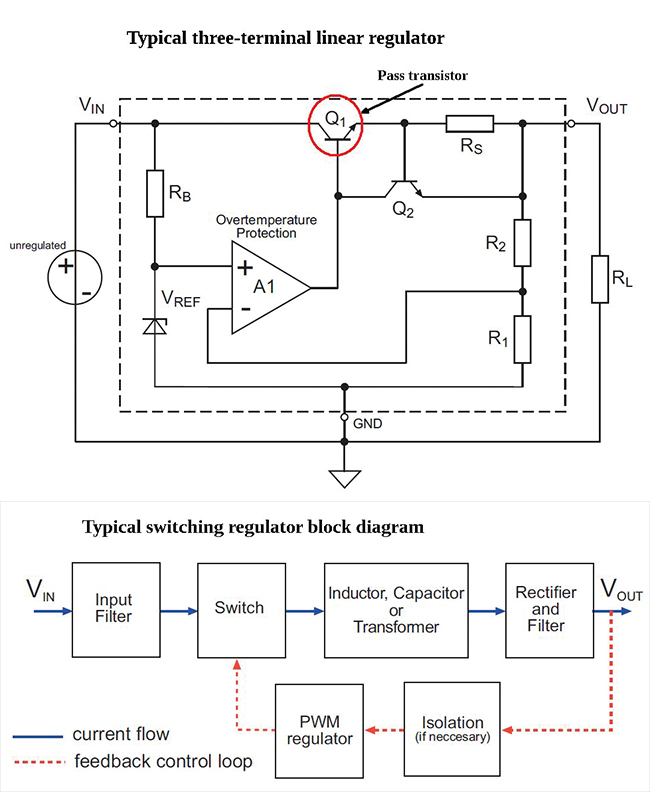
How to Design a Power-Efficient Circuit
Designing a power-efficient circuit is essential in today’s world where energy conservation is becoming increasingly important. Whether you are working on a small electronics project or a large-scale industrial application, optimizing the power consumption of your circuit can have a significant impact on overall energy usage and cost. In this article, we will explore some key tips and best practices for designing a power-efficient circuit.
1. Choose the Right Components
One of the most crucial factors in designing a power-efficient circuit is selecting the right components. This includes choosing components that have low power consumption, high efficiency, and are compatible with your specific application. For example, using low-power microcontrollers, efficient voltage regulators, and energy-efficient sensors can greatly reduce power consumption.
Additionally, consider using components that operate at lower voltages whenever possible. Lower voltage components typically consume less power and generate less heat, resulting in a more energy-efficient circuit.
2. Optimize Your Circuit Design
Another key aspect of designing a power-efficient circuit is optimizing your circuit design. This involves minimizing power losses, reducing parasitic capacitance, and improving signal integrity. You can optimize your circuit design by carefully laying out your PCB, using short and direct traces, and minimizing the use of unnecessary components.
Consider implementing techniques such as clock gating, power gating, and dynamic voltage scaling to further improve the power efficiency of your circuit. These techniques help reduce power consumption by selectively disabling or adjusting the power supply to different parts of the circuit.
3. Implement Sleep Modes and Low-Power States
One effective way to improve the power efficiency of your circuit is to implement sleep modes and low-power states. By putting your circuit into a low-power mode when it is not actively processing data or performing tasks, you can significantly reduce power consumption.
Consider using sleep modes, hibernate modes, and other low-power states provided by your components or microcontrollers to minimize power consumption during idle periods. Be sure to carefully manage the transition into and out of these low-power states to avoid any impact on the performance or responsiveness of your circuit.
4. Perform Power Consumption Analysis
Once you have designed your power-efficient circuit, it is essential to perform thorough power consumption analysis to validate your design choices and identify any potential areas for improvement. Use tools such as oscilloscopes, power analyzers, and current probes to measure power consumption at different points in your circuit.
By conducting a detailed power consumption analysis, you can identify any inefficiencies, optimize your power management strategies, and ensure that your circuit meets its power efficiency goals. This step is critical for validating the effectiveness of your design and identifying any potential issues before moving to production.
Conclusion
Designing a power-efficient circuit requires careful consideration of component selection, circuit design optimization, implementation of sleep modes, and thorough power consumption analysis. By following the tips and best practices outlined in this article, you can create a more energy-efficient circuit that minimizes power consumption and reduces overall energy costs.
Was this helpful?
0 / 0